Take the North-South Thong Nhat train
This train is the "best choice" for travelers who want to explore all three parts of the country. The Thong Nhat railway stops at most destinations along Vietnam, suitable for tourists who want to travel without a schedule.
The trains are classified with SE (Super Express) as the fastest and most modern. TN (Thong Nhat) trains are slower, older and less comfortable. The term "Thong Nhat Express Train" is commonly used for many different trains running between Hanoi and Ho Chi Minh City. Trains SE1 and SE3 left Hanoi in the evening and arrived in Ho Chi Minh City on the morning of the third day. To get to Hanoi in the morning, visitors can take the SE4 or SE2 train from Ho Chi Minh City in the evening.
There are four main ticket classes on the train: hard seats, soft seats, hard sleepers, and soft sleepers, in ascending order of cost and comfort. These classes are also divided into air-conditioned and non-air-conditioned options. The highest fare is an air-conditioned bed class. Some trains have wifi but the connection speed may be slow, travelers should use a SIM card to connect to the Internet.
Tickets can be purchased at railway stations a few days before departure or purchased online 60 to 90 days in advance. There is only one online train ticket booking address on dsvn.vn, the official website of Vietnam Railways.
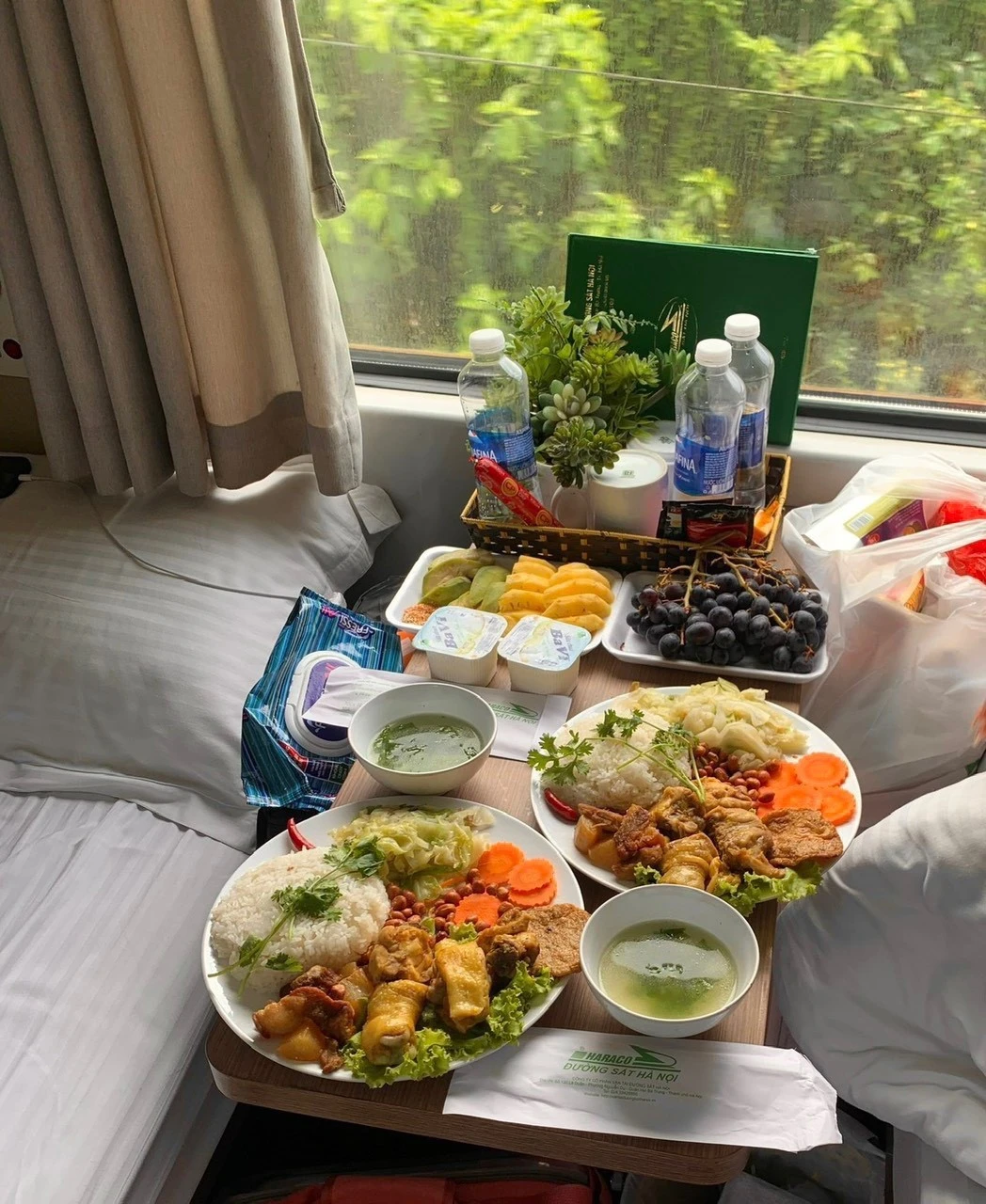
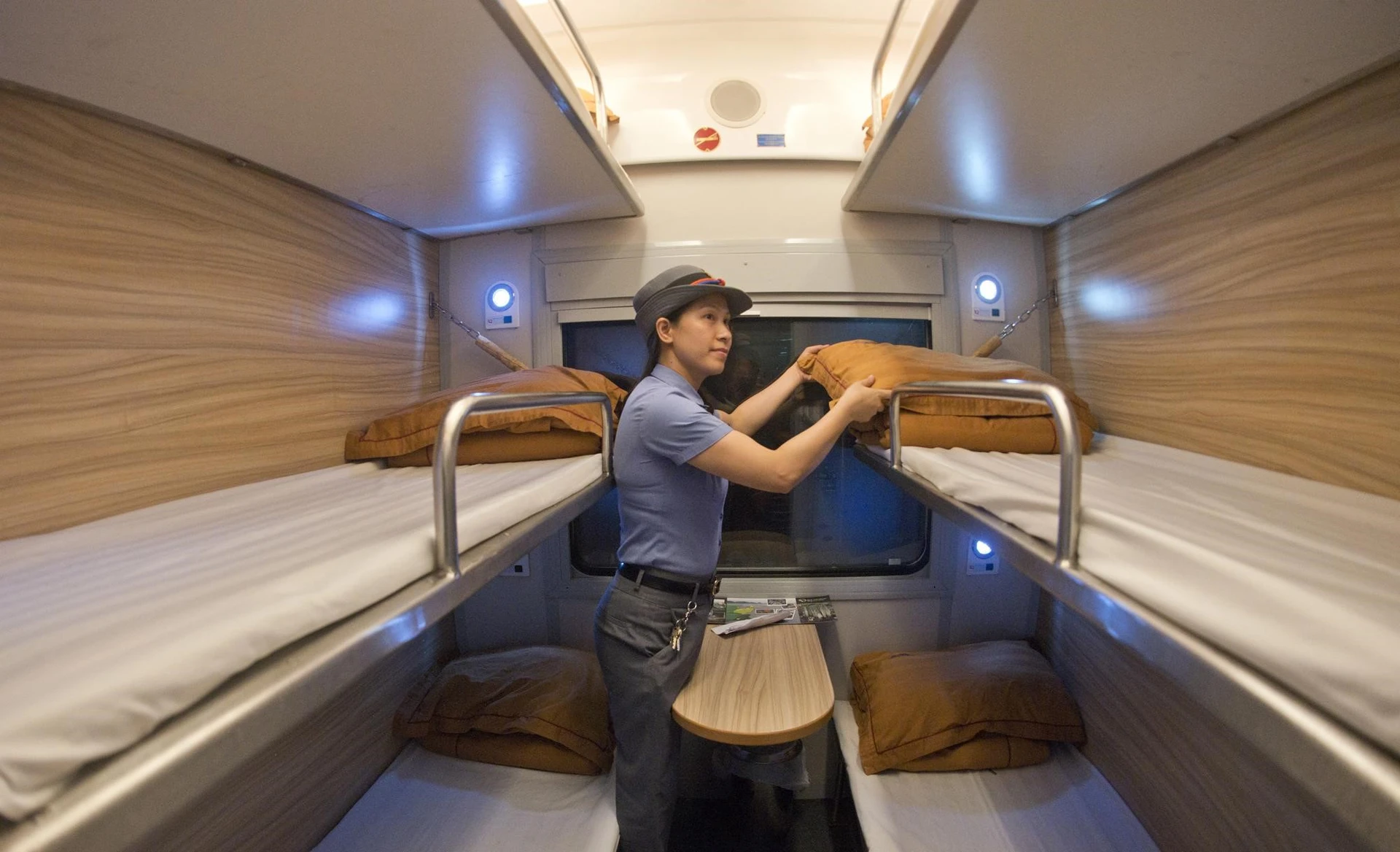

Photo: Shutter stock/Vietnam Railways
Traveling by bus
At major tourist destinations such as Hanoi and Ho Chi Minh City, visitors will see signs advertising buses "Open Tour" or "Open Ticket". These services provide buses that run between major cities, and visitors can hop on and off at any point along the way. However, the cost of taking a service bus is much more expensive than a bus at the regular station. In return, the stops are usually conveniently located in the center.
When taking a regular bus, visitors should carefully research the stop to get to the right station and buy a ticket a day in advance. The service of each bus company is different, and the seats on the bus are usually also available in a variety of types, from comfortable sleepers to soft seats. When riding a bus in Vietnam, you should bring earplugs to avoid being disturbed when the driver plays lyrical music or martial arts movies on the bus. Another point to note is that intercity buses often stop at the station for a long time to wait for enough passengers to board or catch passengers along the way. Whether booking a berth or seat ticket, the travel time by bus is never fast.
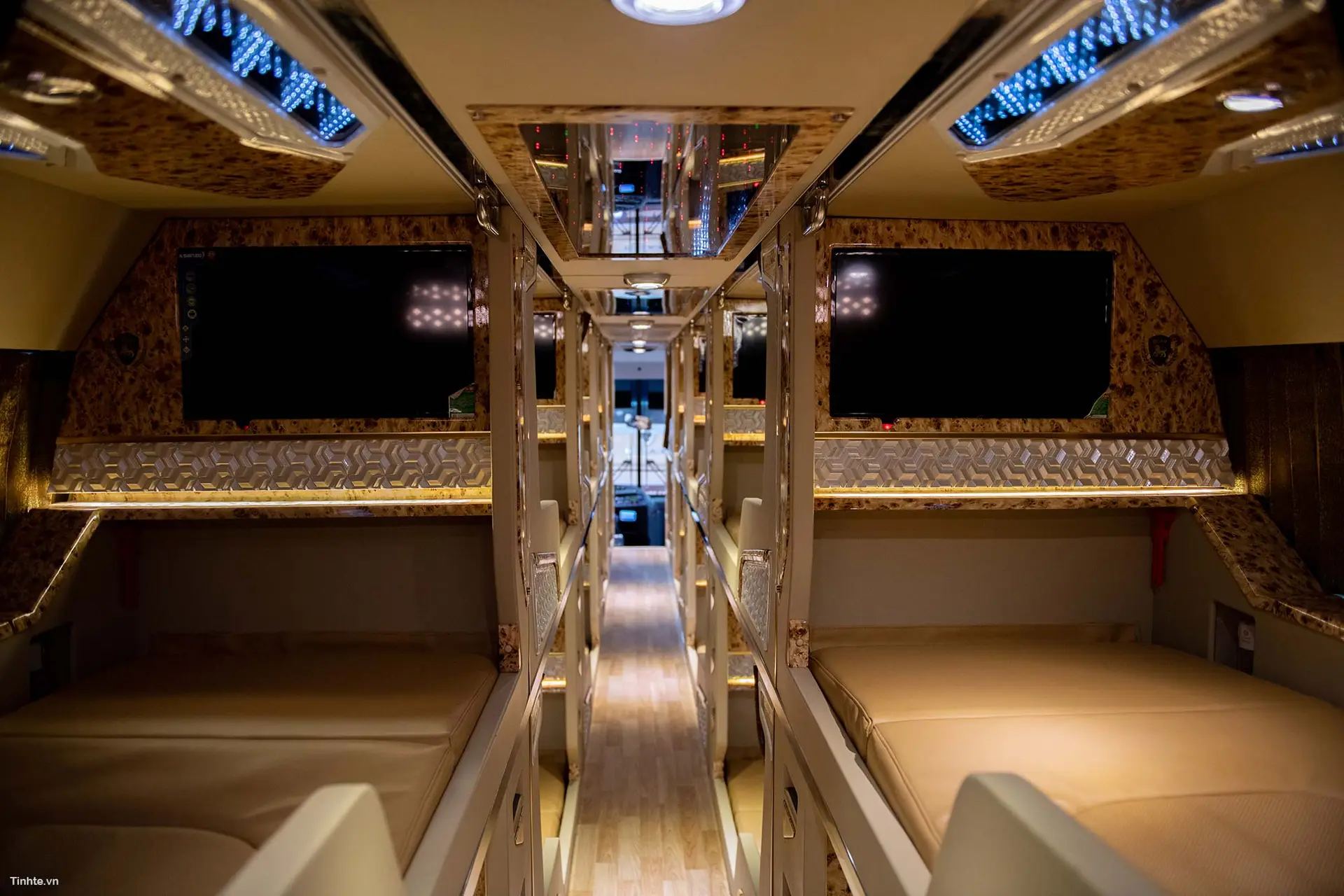
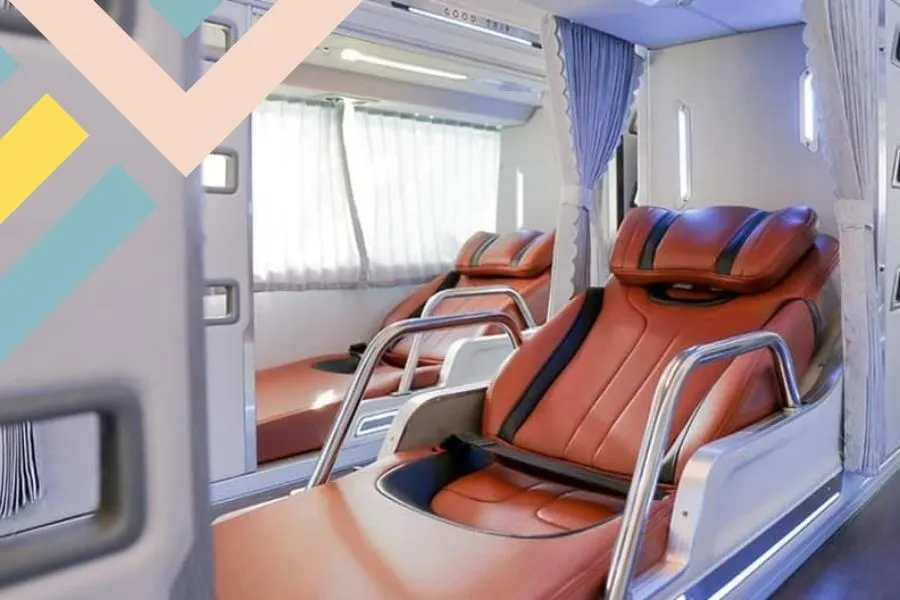
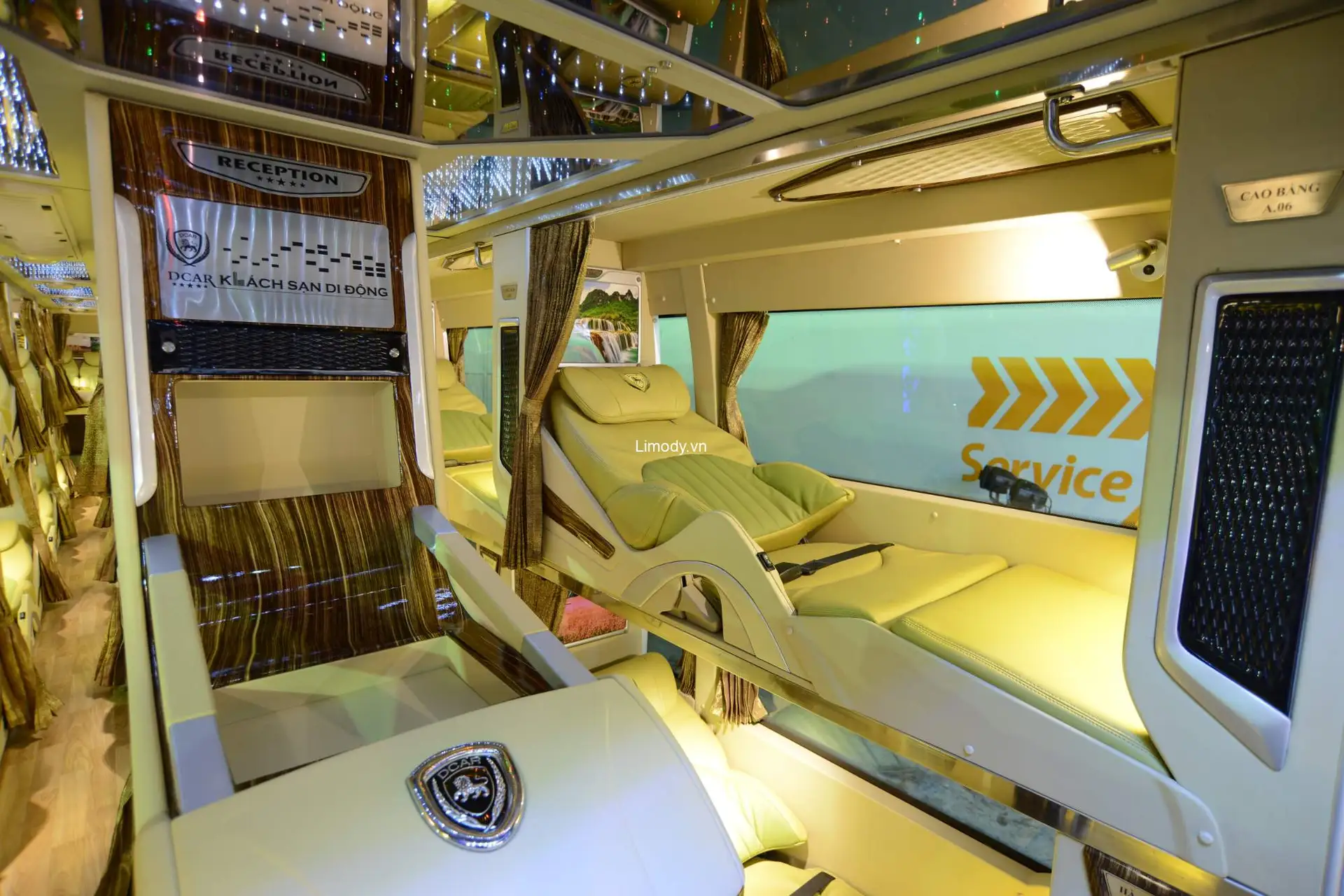
Motorbikes for adventurous travelers
The motorbike journey along Vietnam is "the dream of many tourists", traveling through all roads from forests and mountains to the sea. Visitors can easily rent a motorbike to travel between Hanoi and Ho Chi Minh City. However, motorbike travel in Vietnam is not for new drivers. In addition, some places have poor quality car rentals. Visitors should carefully check the condition of the car when renting at the hotel. It is best to rent a car through a travel agency or specialized car rental points, the car is regularly maintained.
In addition, visitors should choose rental companies that offer clear insurance and lease agreements. Visitors will be insured in the event of an accident while wearing a full helmet. In some places, locals offer rental driving for around $30 per day.
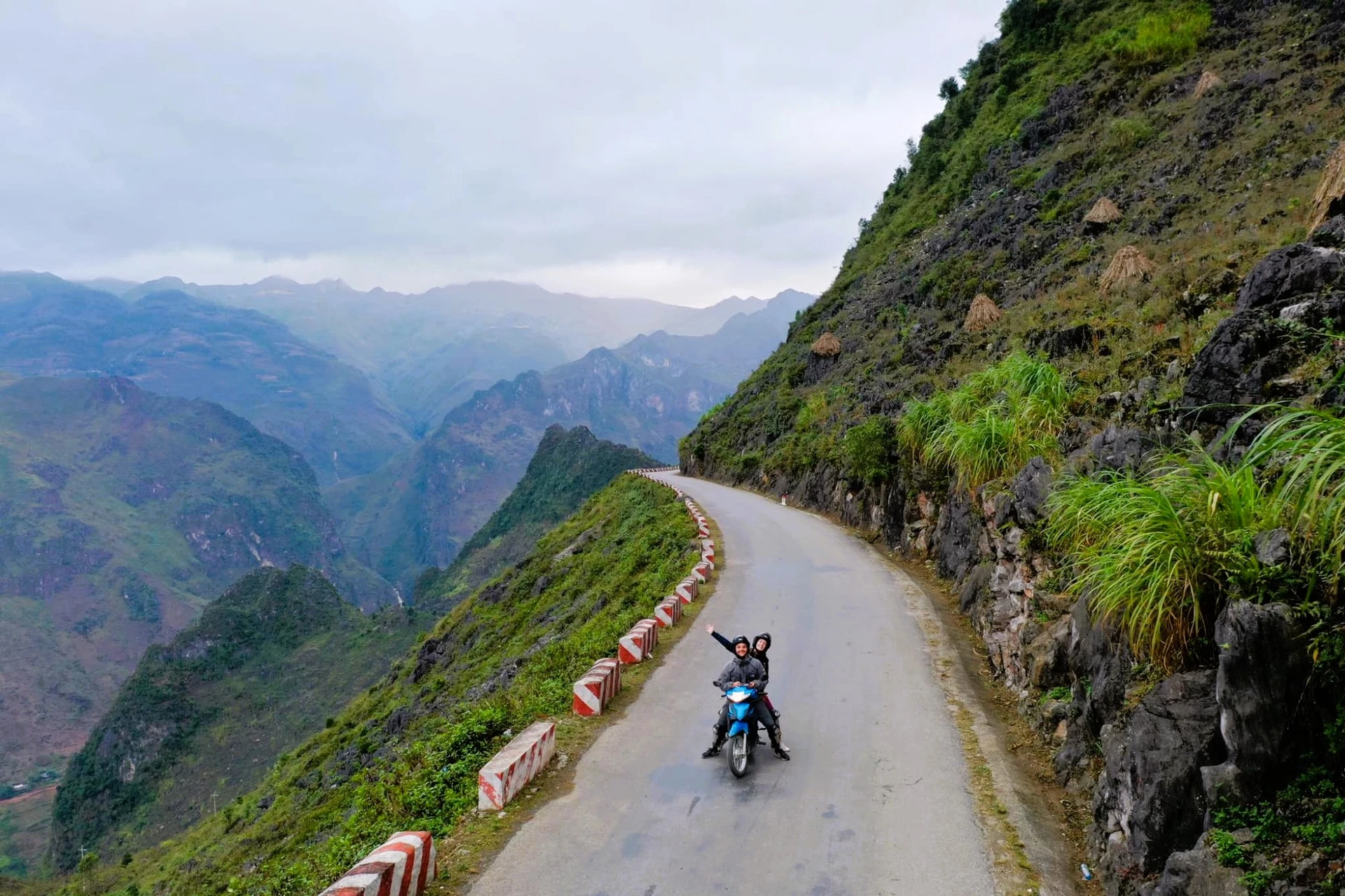
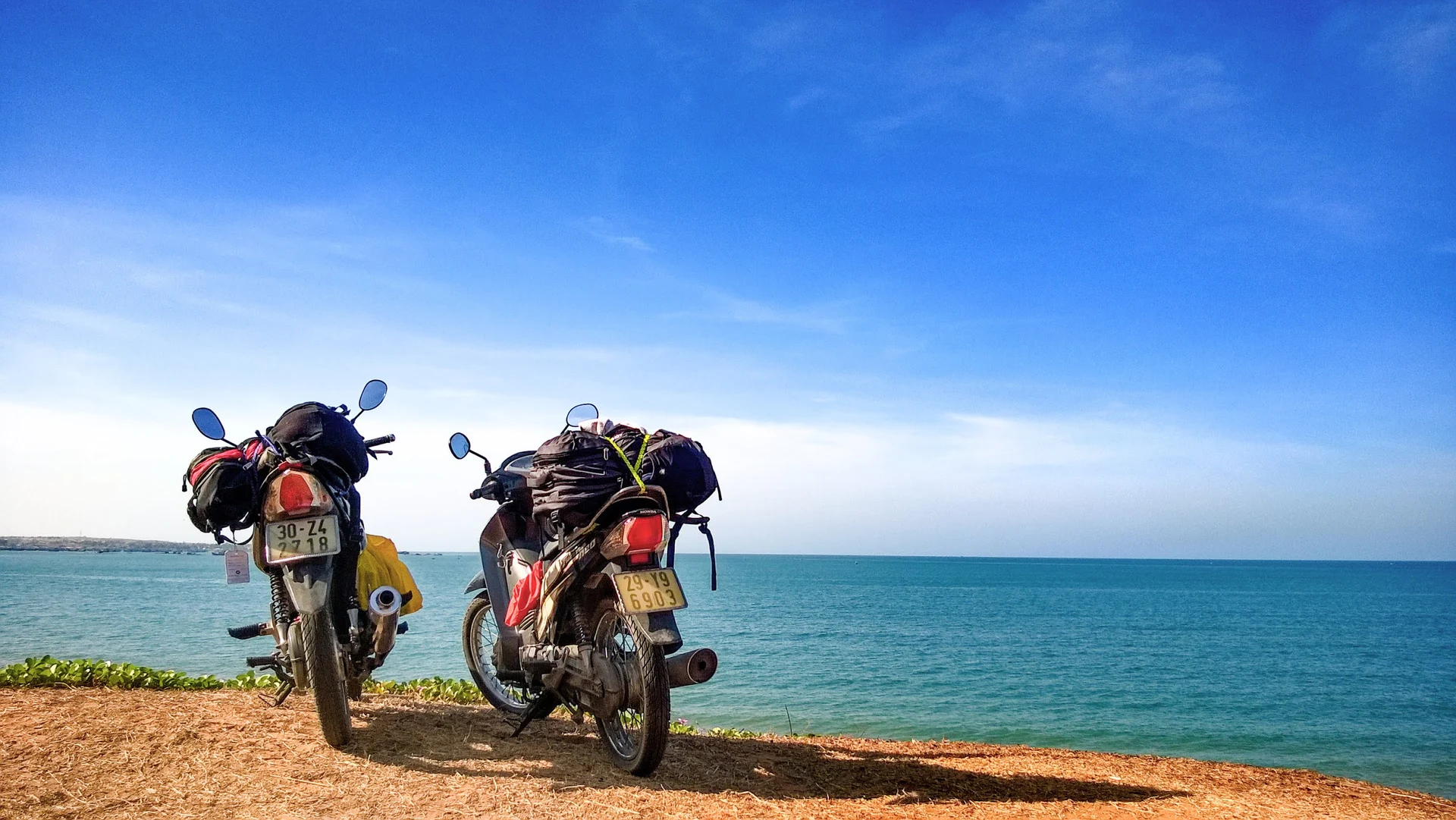
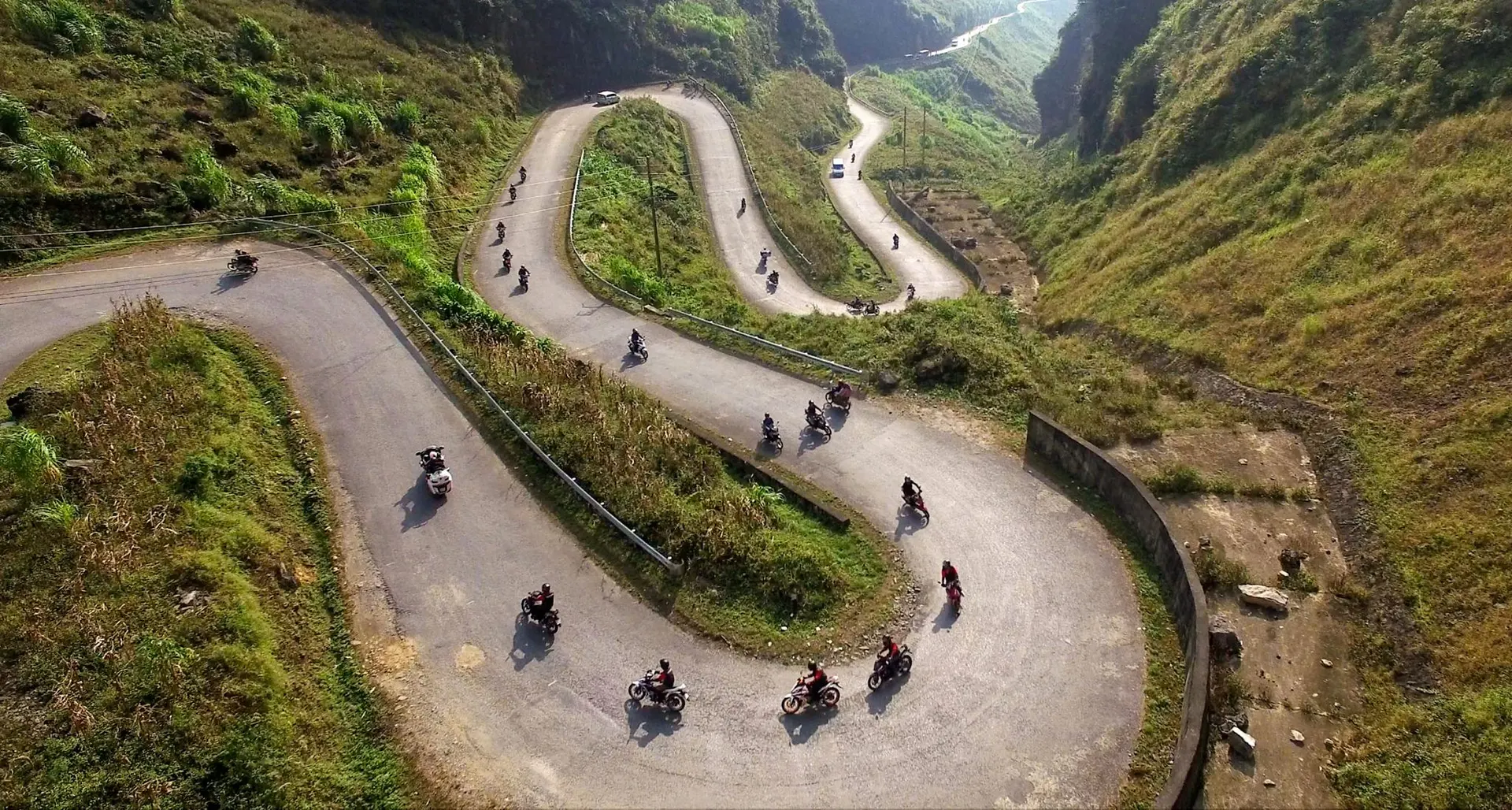
Photo: Shutter stock
Renting a car with a driver
Renting a car with a driver is a reasonable option for tourists who have just arrived in Vietnam and are not familiar with local traffic conditions. Renting a car with a driver makes the trip much easier. The driver often doubles as a tour guide and even suggests additional destinations that are not on the itinerary. In addition, visitors also do not have to worry about paperwork when renting and driving.
Local tour companies often offer a full range of chauffeured car rental packages, with customized schedules.
The cost usually ranges from $60 to $150 per day, excluding gas. Drivers will pay for their own meals and accommodation. Travelers can share the trip with other travelers to reduce costs. 2WD single-axle vehicles are suitable for the plains, two 4WD bridges are suitable for the northern mountainous terrain.
Domestic flights
Domestic flights will help travelers save significant travel time. However, delays and cancellations often occur. Airlines operating domestic routes in Vietnam include Bamboo Airways, Pacific Airlines, Vietjet Air and Vietnam Airlines. Currently, Dien Bien Phu airport is closed until 2024, so there are no domestic air routes to the northwest during this time. Visitors are forced to use road transportation when coming here.
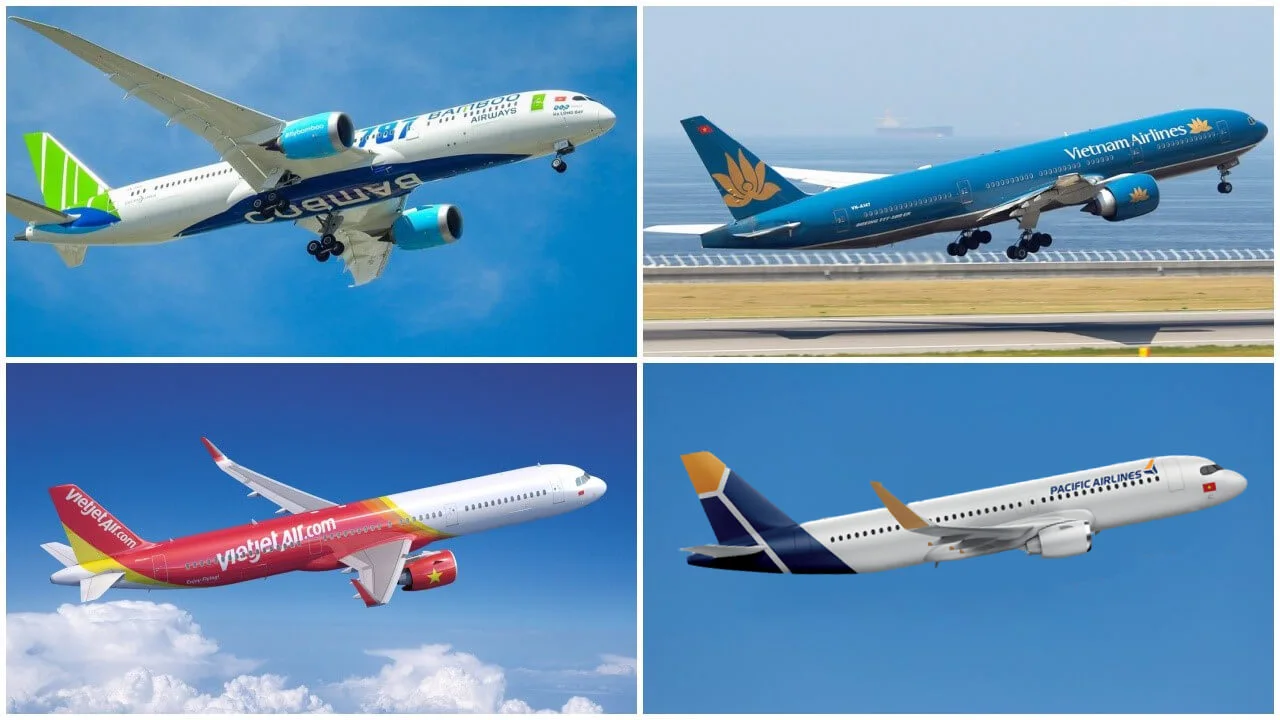
Travelling by water
Visitors can choose to travel by boat to offshore islands such as Phu Quoc, islands scattered around Nha Trang Bay, Cu Lao Cham Island near Hoi An and islands and reefs in Ha Long Bay, Bai Tu Long Bay or Con Dao, Vung Tau, Can Tho. Sea loading routes may be interrupted during the rainy and stormy season from May to May 10. Visitors should monitor the weather forecast to proactively change their schedule if they plan to travel by water.
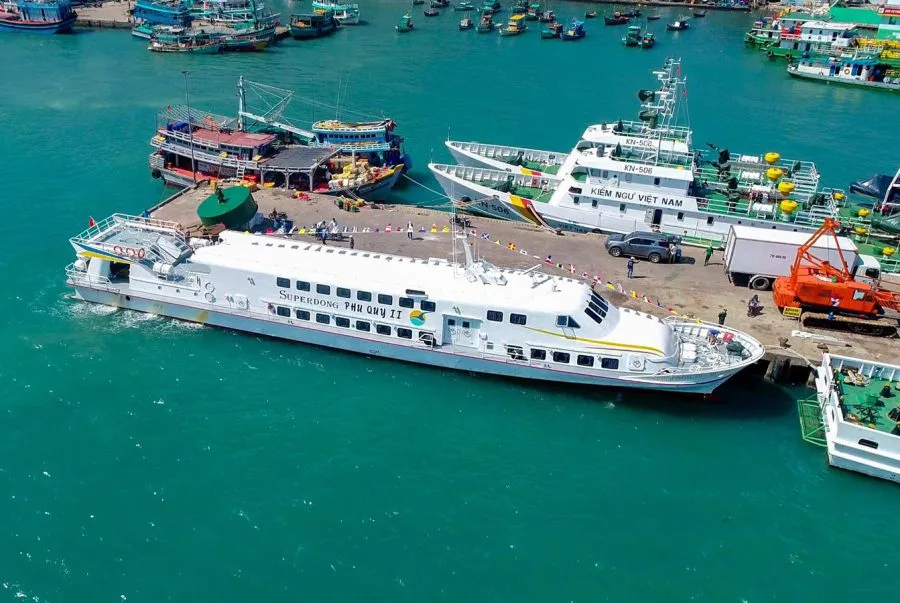
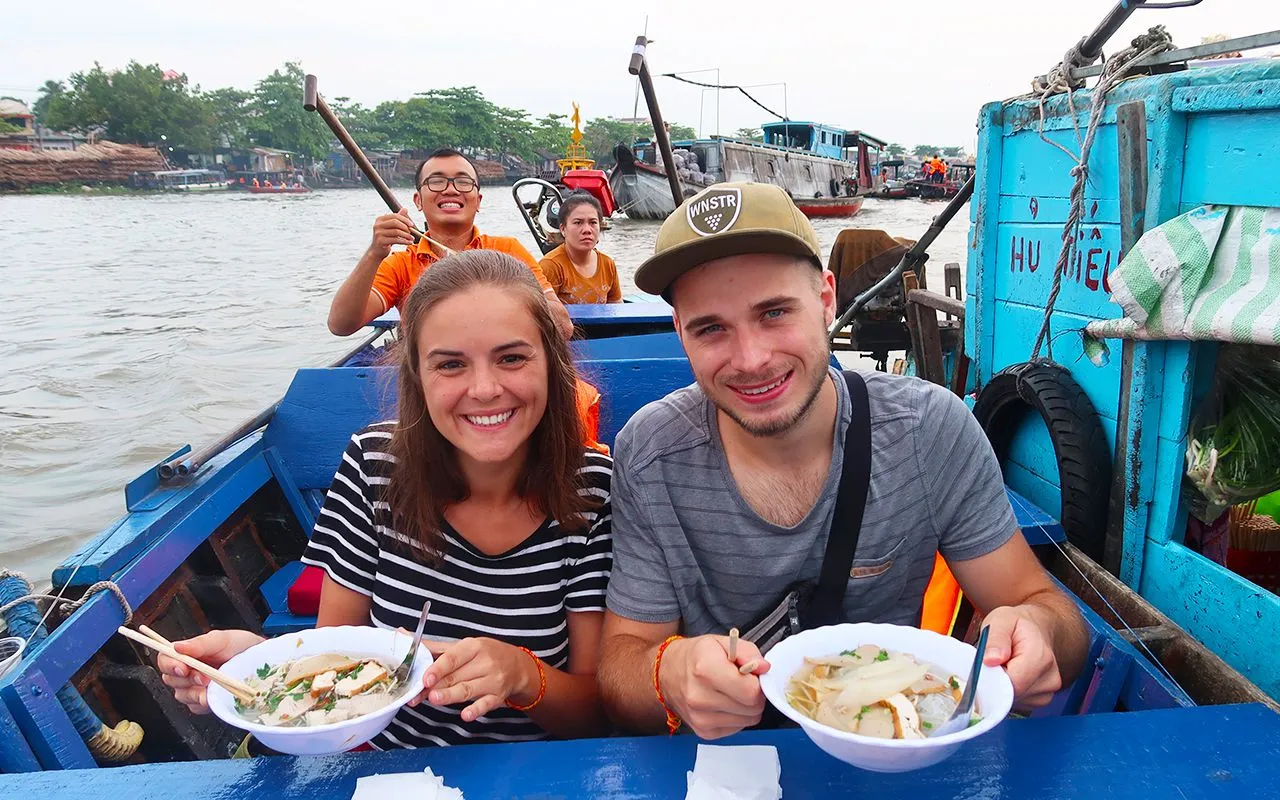
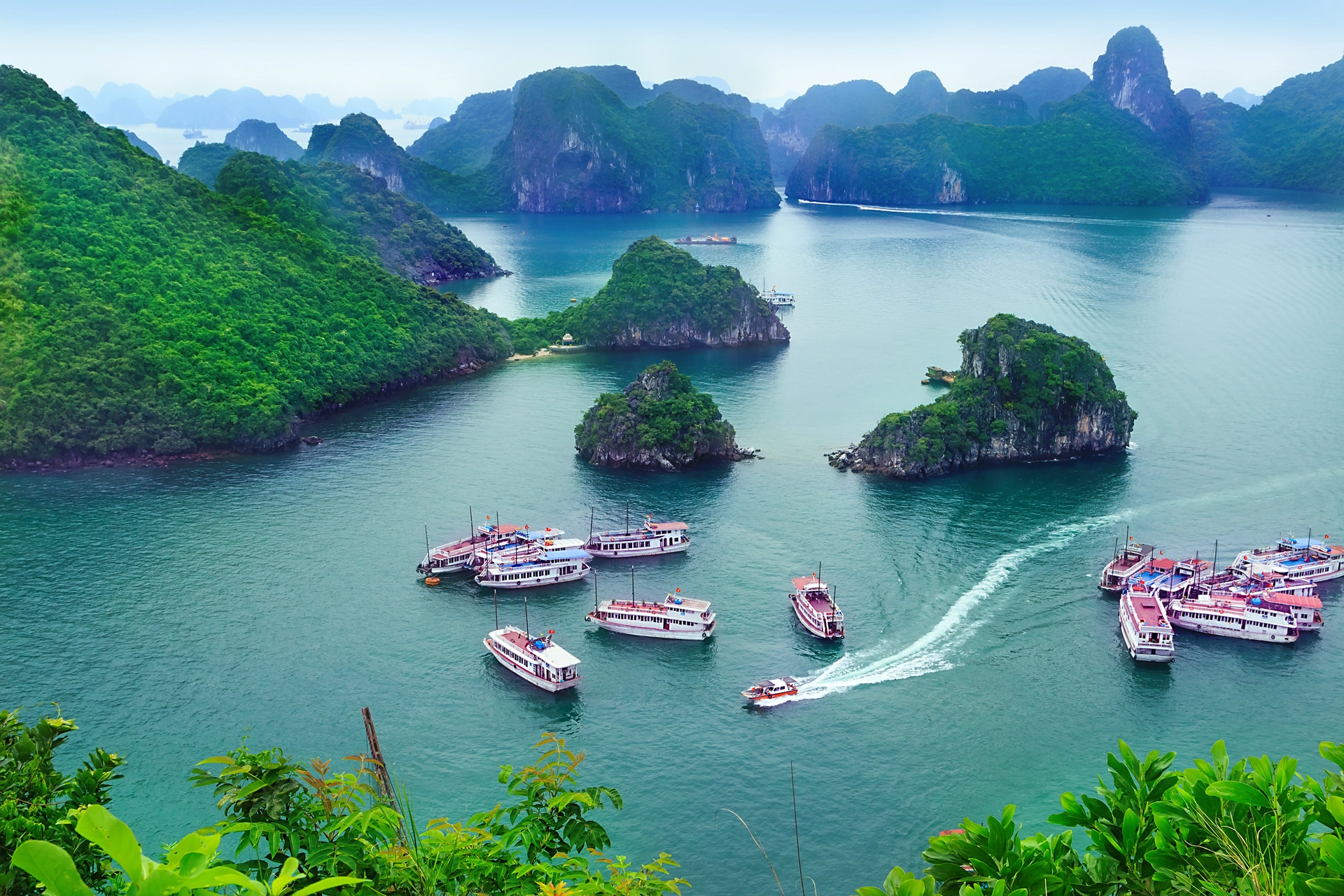
Photo: Shutter Stock/Superdong
Cycling to discover the local rhythm of life
Guests can rent bicycles to explore the area from hotels or tour companies. For long-distance trips, it is recommended to rent a high-quality bicycle through a specialized bicycle rental travel company such as Vietnam Cycling or Indochina Bike Tours. When it is mandatory to cross expressways, visitors should switch to taking a bus or train, load their bicycles on the roof of the bus or in the luggage compartment of the train.
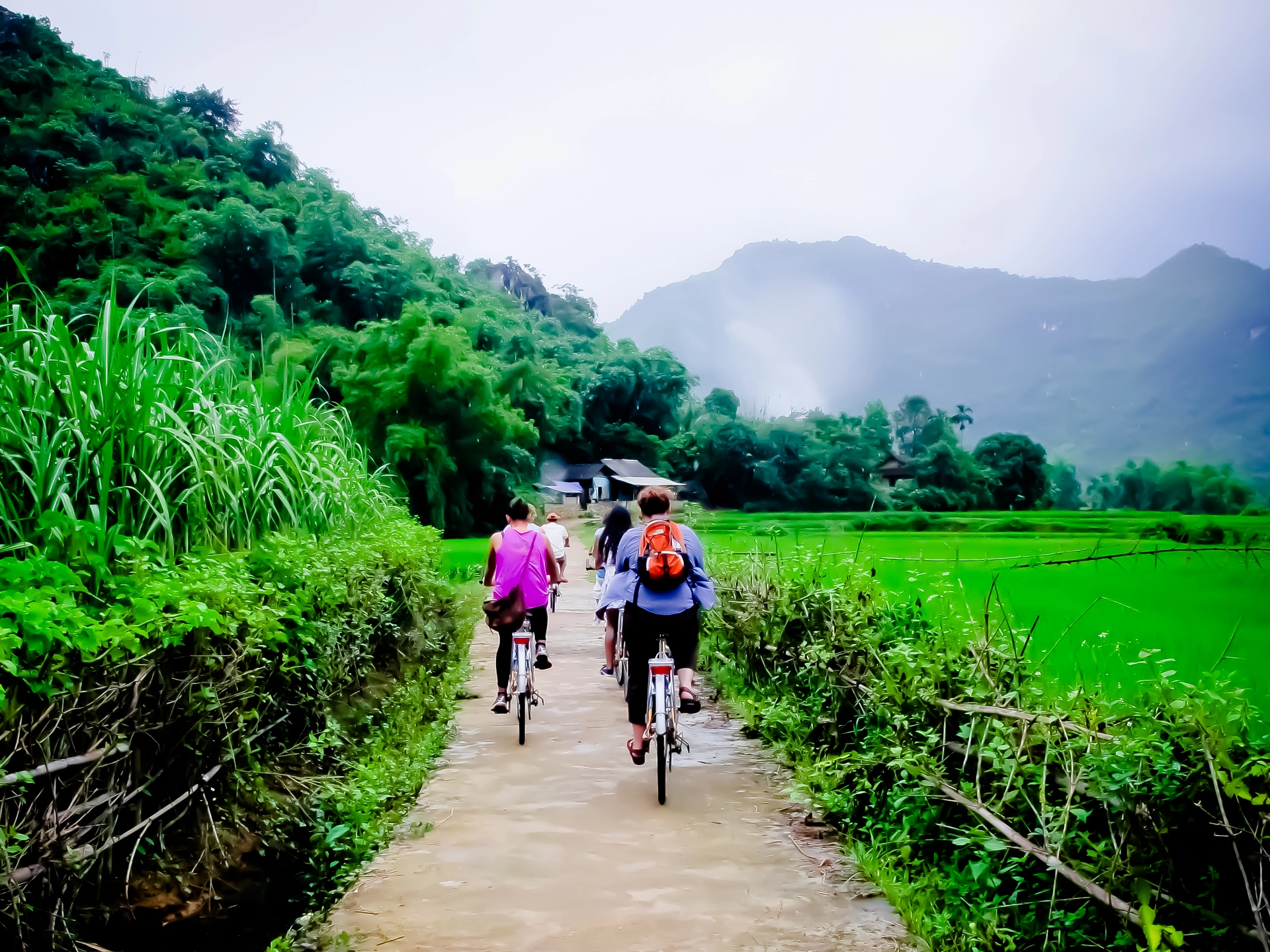
Photo: Internet
Follow Lonely Planet
